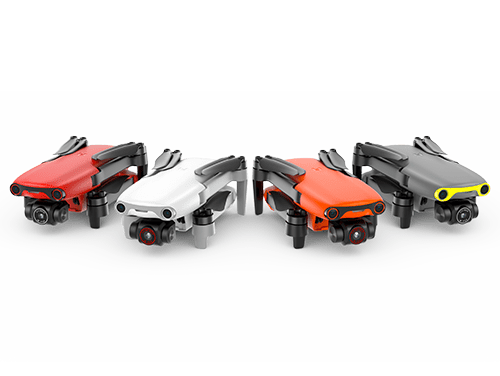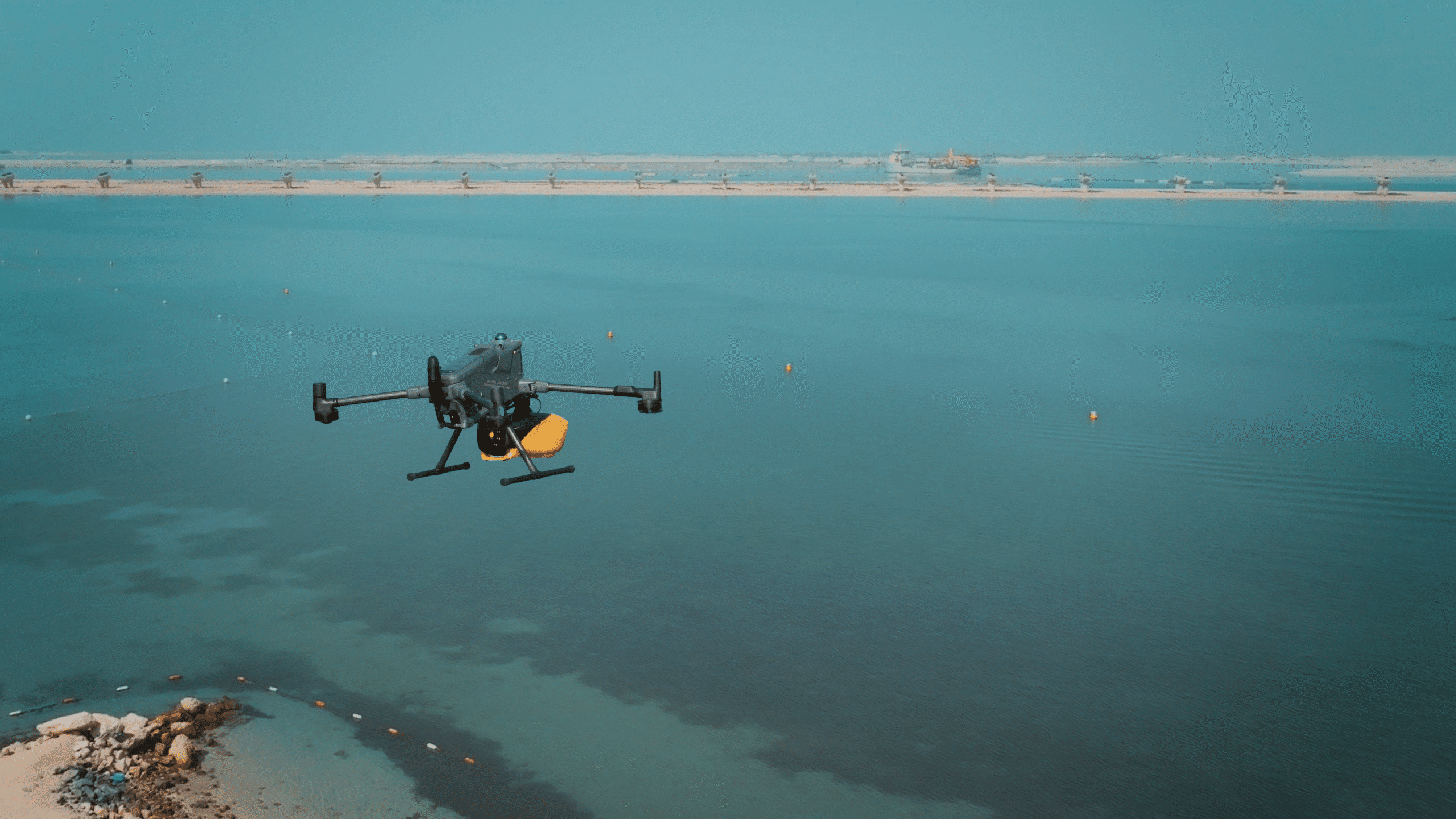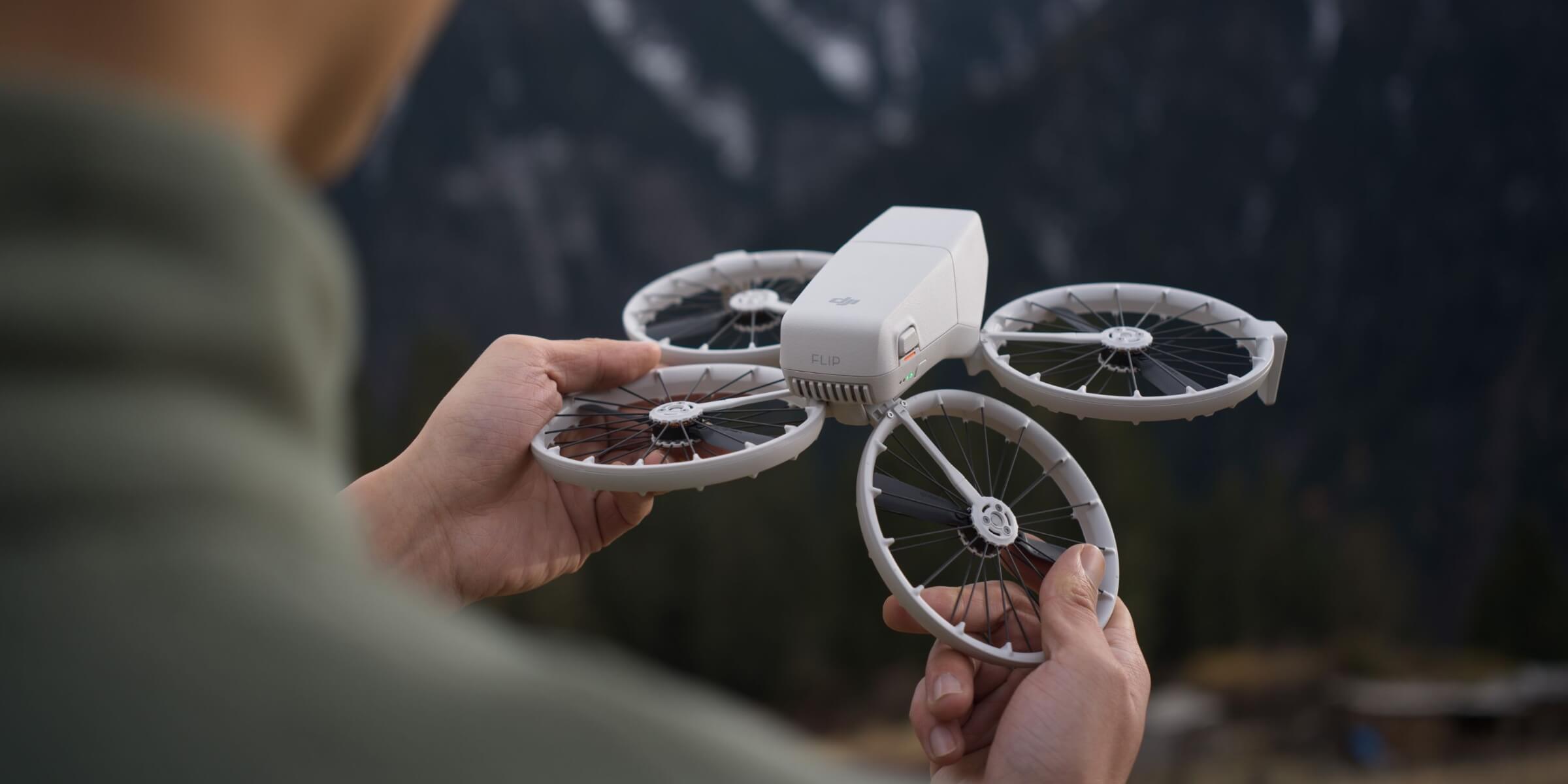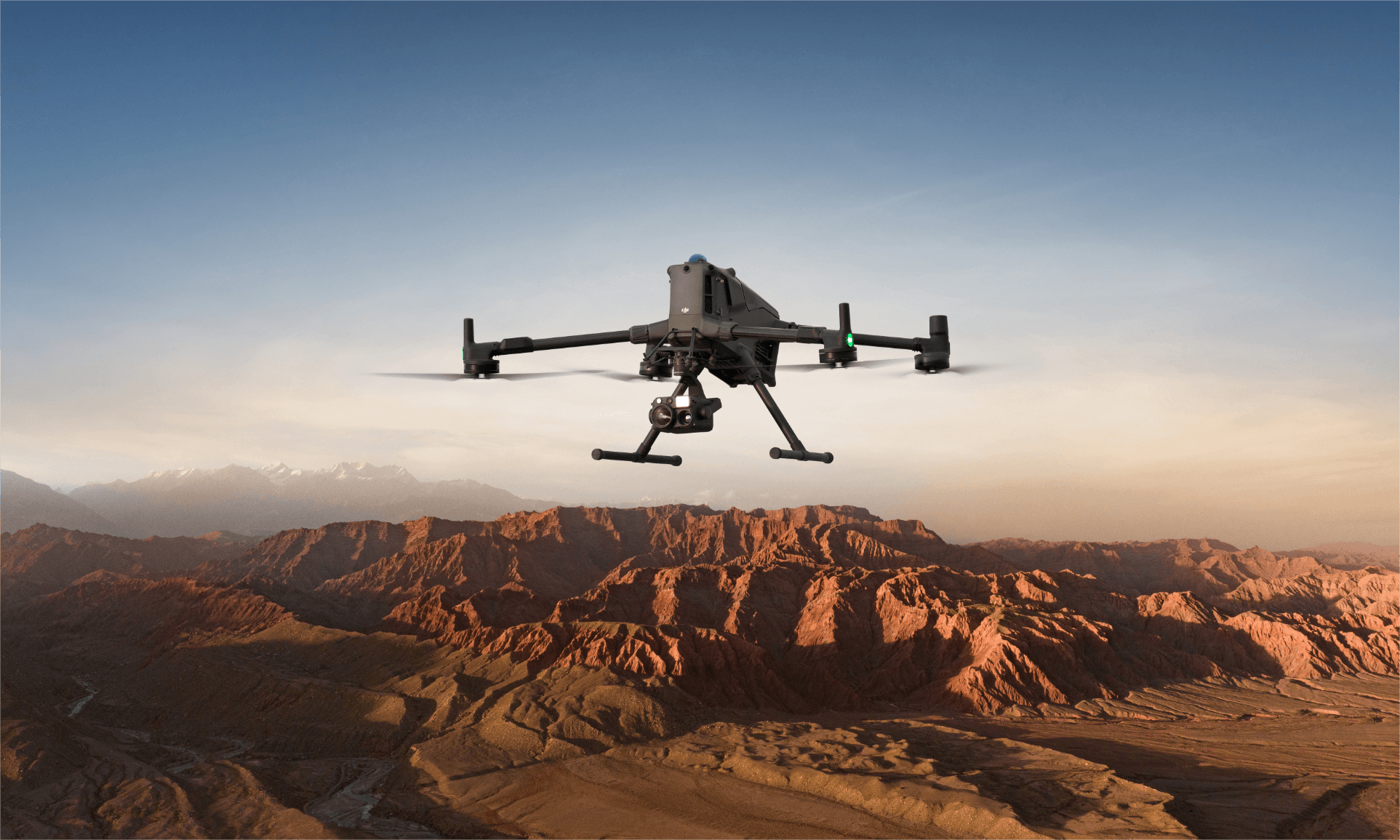drones for
Filming & Photography
Drone technology has quickly become one of the most useful tools in modern visual media production. Thanks to drones, high-quality aerial footage is more accessible, more affordable, and - most importantly - easier to achieve. Gone are the days when capturing content from above meant hiring helicopters or dealing with camera rigs and dangerous scaffolding. With a drone, the entire process is streamlined.
It isn’t just the portability and user friendliness that makes drones so effective in the world of media – It’s also how much control they can give you. With built-in stabilisation and intelligent flight features, operators can now get smooth, professional-looking results quickly and easily. From sweeping cinematic shots to precise, close-range movements, the versatility and flexibility of drones has made them a go-to for everything from corporate promos and social media campaigns to documentaries and live events.
One area that’s seen huge growth is the use of FPV (First-Person View) drones. These agile, light-weight drones allow for highly immersive shots, giving the viewer the feeling of flying through a scene. Whether it’s navigating through tight indoor spaces or flying across vast landscapes - FPV footage brings a fresh, energetic perspective that traditional camera setups simply can’t match.
As drone capabilities continue to evolve, so does their impact on visual storytelling. They are quickly becoming integral to how stories are shaped, told, and experienced. For content creators, marketers, and production teams alike, drones are a powerful way to push creative boundaries while staying efficient, safe and cost-effective.

Lets Discuss Your Drone Requirements
Leave your details and one of our team will be in touch!
best drones for
Aerial Photography & Videography
Filming & Photography
Frequently Asked Questions
Most frequent questions and answers about drone filming & photography
Drones offer unique perspectives that are difficult achieve with traditional equipment, allowing for cinematic shots and lots more creative flexibility. They can quickly cover large areas and are typically a more cost-effective option compared to cranes, rigs or helicopters.
Yes, drones can capture low-light footage, but it depends on the specific camera’s capabilities. Adjusting settings like ISO and shutter speed helps improve results in dim conditions.
It is good practice to consider the location carefully, ensuring it’s open and free of obstacles like power lines, trees, or crowded areas. Check the weather forecast to ensure calm conditions, as strong winds or rain can affect flight stability. Make sure any necessary permits or approvals are obtained, especially for restricted areas or commercial shoots. For a comprehensive guide on drone regulations in the UAE check out our blog post.
When selecting a drone, focus on camera quality, flight time, and stability features like GPS and a gimbal for smooth footage. It is also recommended to ensure the drone meets local regulations and has safety features like obstacle avoidance to enhance your shooting experience.
Yes, if you plan to use drones for media purposes such as filming or photography in the UAE, you’ll need the appropriate permits. Regulatory bodies like the GCAA, DCAA, DFTC and the Ministry of Defence require operators to register their drones, obtain operational approval, and secure specific media or filming permits. The application process typically takes around 12-14 days and includes necessary security clearances. It’s important to make sure you’re flying in approved zones, sticking to safety guidelines, and respecting privacy laws. Flying without the correct permissions can lead to fines or legal action, so it’s always a good idea to check current regulations or consult with a licensed provider if you’re unsure.
An FPV drone (First-Person View drone) is designed to provide the pilot with a live, immersive view from the drone’s perspective. This is made possible by a camera mounted on the drone that transmits real-time video to FPV goggles or a monitor, allowing the operator to control the drone as though they are flying it themselves. FPV drones are often used in cinematic video production and for freestyle flying due to their precision and agility. They offer a much more engaging and dynamic flying experience compared to traditional drones, which makes them a popular choice for both hobbyists and professionals.
Post-processing allows you to refine your footage by correcting lighting, enhancing colors, and improving overall image quality. Whether you’re aiming for a cinematic look or just want your shots to feel more polished and professional, editing tools can help you adjust everything from exposure to sharpness. It’s also a chance to smooth out unstable or shaky video footage, remove visual noise and distractions, and even bring dull skies to life! These techniques not only improve visual appeal but also help deliver more accurate and professional content.







